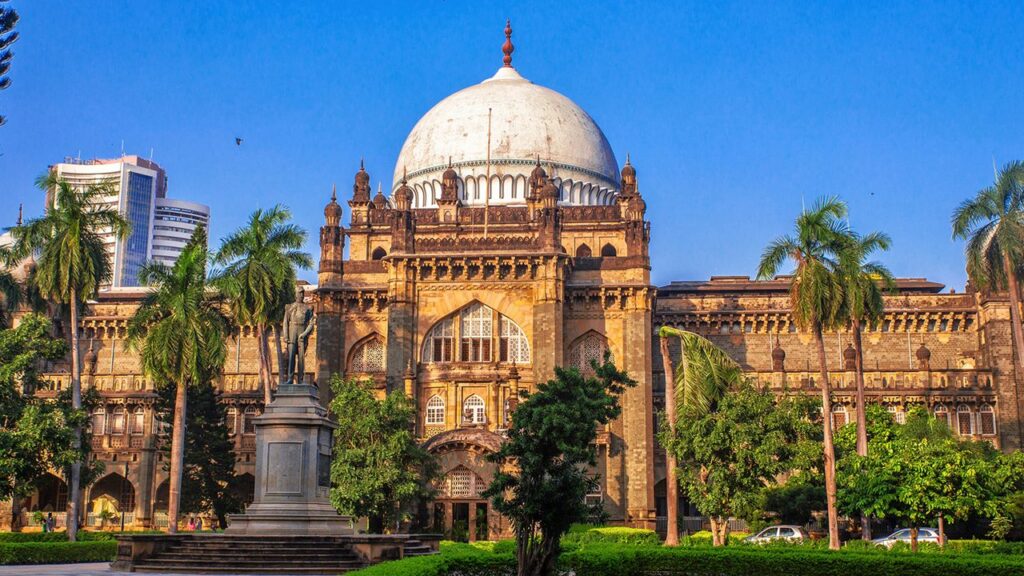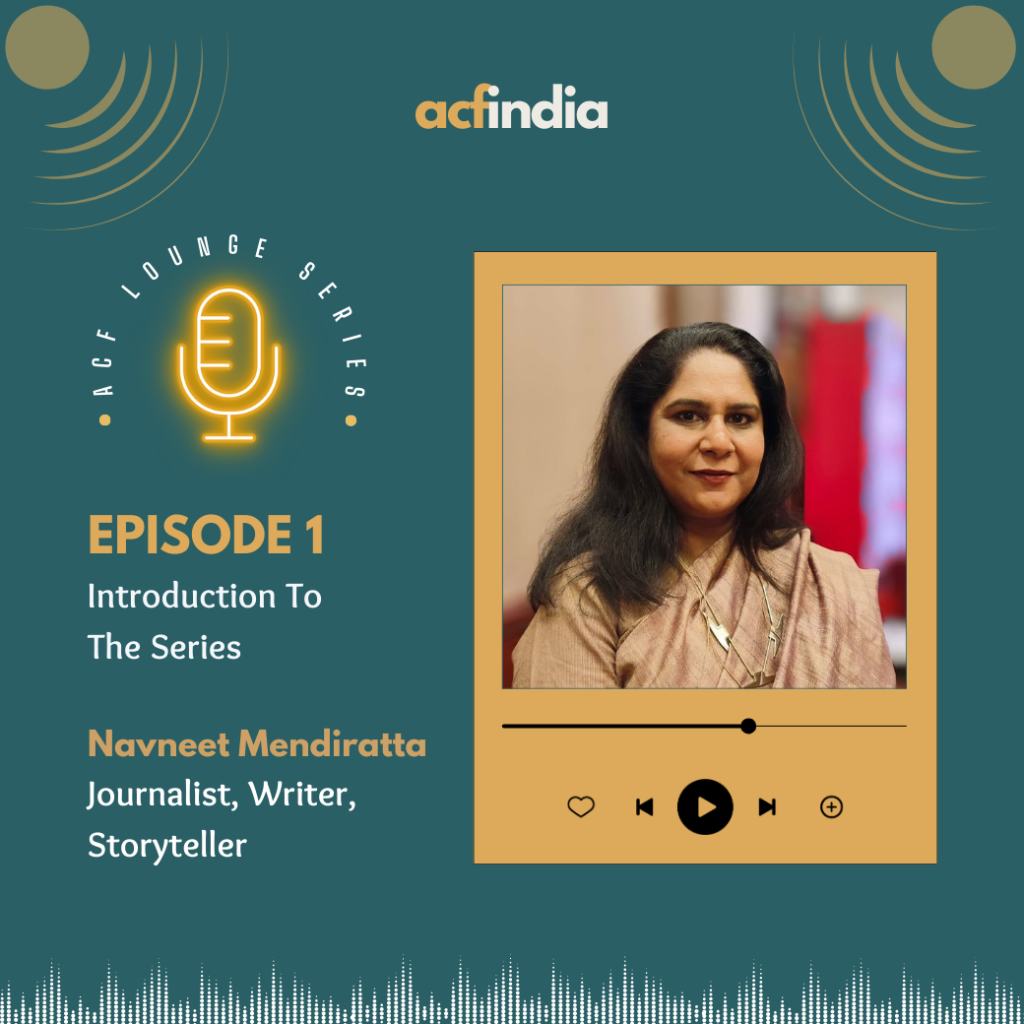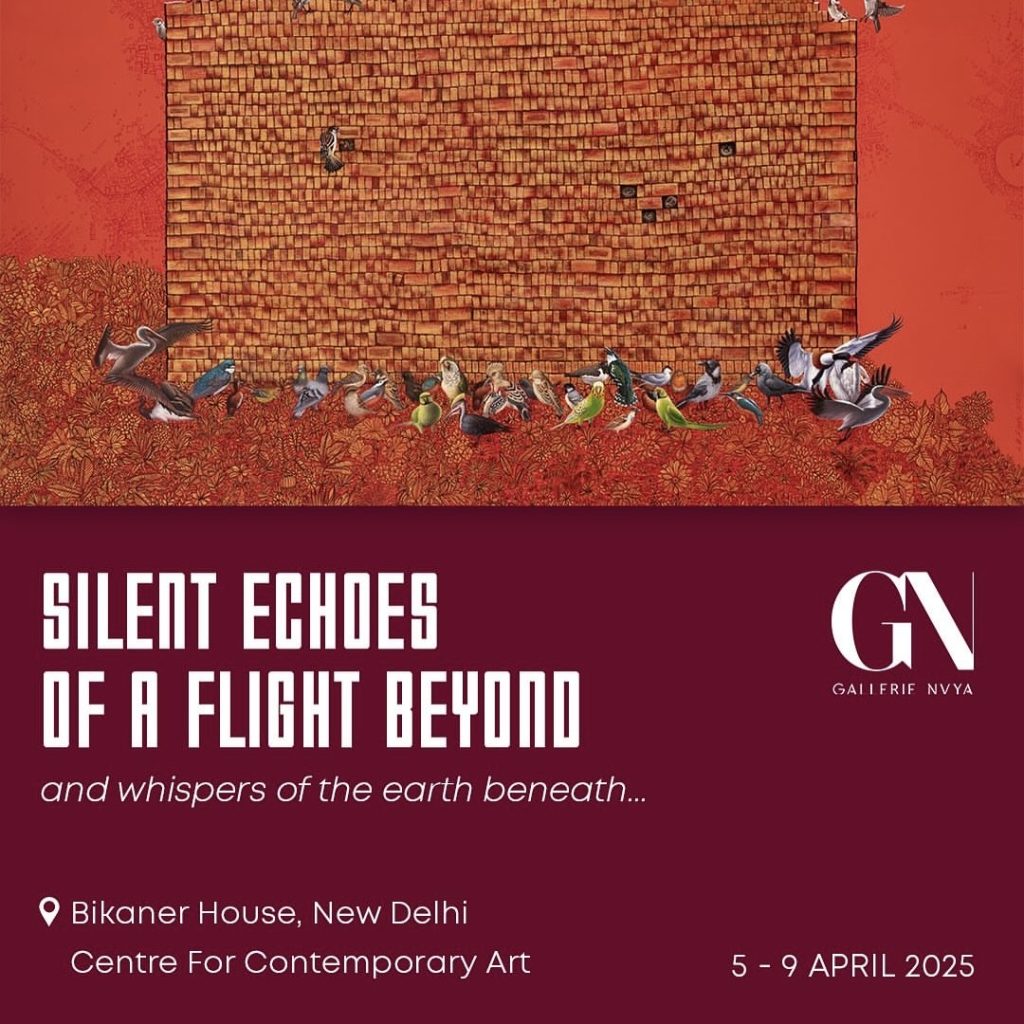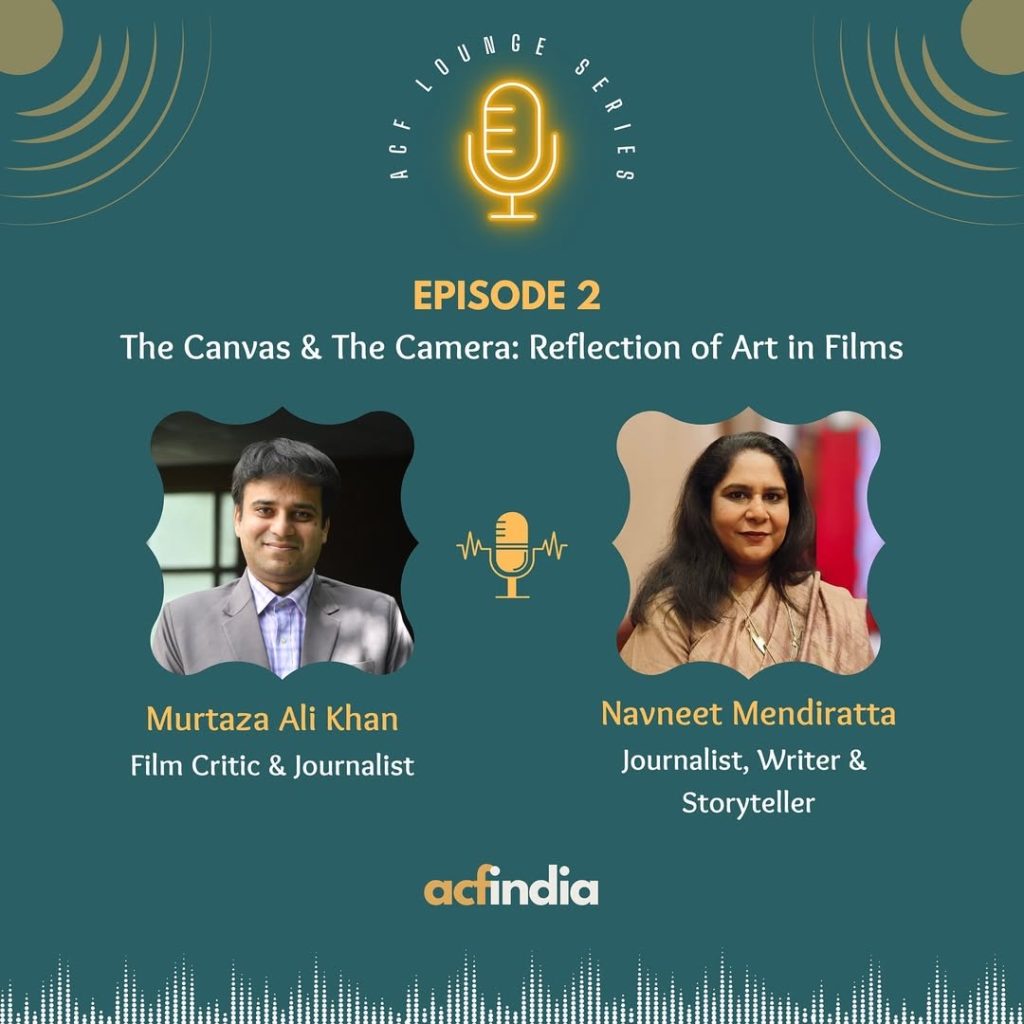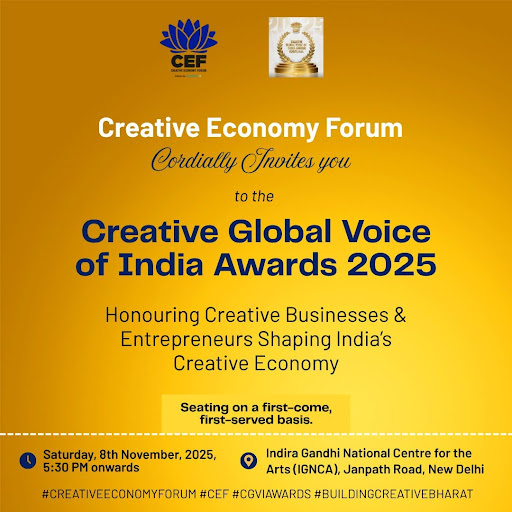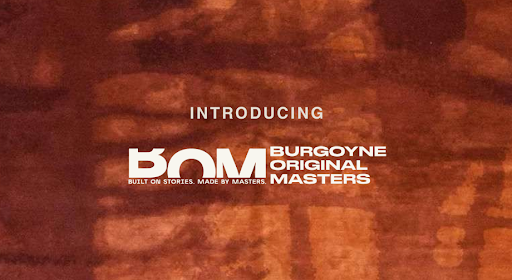By Riddhi Doshi
Museums are the only time capsules we have. They let us time travel, giving us a glimpse of our past, showing us how people then lived, what they did and how they perceived the world. They help us establish links with the time gone by, and pave the path for our future.
On this International Museum day, I pick the five best museums from my city Mumbai, and tell you why you must visit them.
1) The BEST museum
The BEST (BrihanMumbai Electric Supply & Transport) museum in Anik Depot, near Wadala, is a treasure trove of stories.
It takes you back to the Bombay of 1874 when trams had wooden benches with moveable back supports, and were pulled by horses. The first one ran from Sassoon Dock to Pydhonie. It couldn’t turn. It ran on a single track. So, the horses were moved from one end to another. You see this tram’s moving, miniature structure at the museum, which makes for a fun watch.
Back in the day, there were the single-horse trams and double-horse trams that ran from 1874 to 1909. It started with approximately 200 horses in what was then called Bombay Tramway Company Ltd. When these were discontinued “because of growing traffic and new technology, there were about 1,360 horses in the fleet,” says BEST clerk Ambadas Garje from the museum. But two years before that, in 1905, the company was rechristened BEST (Bombay Electric Supply & Tramways Company).
These trams then relied on dome-shaped signals, which indicated to the drivers that a major junction was approaching. That’s at the museum too. There is also a collection of currency notes of 70-plus countries and coins from 80-plus countries, all dropped by the passengers in BEST trams and buses over the years. Another major draw is the life-size model of the first double-decker bus, which was introduced in 1937. You can take a selfie while sitting in the driver’s seat and blowing the hand-held horn.
Timing: Monday – 7 am to 3.30 pm, Tuesday to Sunday 9 am to 5 pm.
Entry is free
Image Courtesy: India Todya
2) The Chhatrapati Shivaji Maharaj vastu Sangrahalaya (CSMVS)
With approximately 80,000 objects, the oldest dating back to about 4,000 years ago, the Chhatrapati Shivaji Maharaj Vastu Sangrahalaya (CSMVS) is the biggest museum in the city.
Opened to the public in 1922, the magnificent structure with a dome was built in the Indo-Saracenic architecture style, blending Mughal, Maratha, and Jain traditions
Inside, there are the Himalayan and Buddhist artefacts, miniature paintings, textiles, life-size sculptures, Indian and European paintings, Japanese ceramics, tribal art and arms from Maratha, Rajput and Mughal kingdoms, and more.
One of the museum’s biggest crowd pullers is a mummy from the museum’s small Egyptian section alongside terracotta artefacts from the Indus Valley Civilisation. “Our average of 2 lakh annual children and student visitors love the mummy,” says Sabyasachi Mukherjee, director general of the museum. “As they read and study about the history of the Egyptian civilisation in school and colleges, they relate to it, and are fascinated by it,” he adds.
This mummy dates back to the Ptolemaic period of ancient Egypt (305 BCE–30 BCE), and is believed to be that of a child based on its smaller size. The coffin housing the mummy has mortise and tenon joints. It’s a woodworking joinery technique where a tenon or a peg from one piece of wood is inserted into a mortise (a hole or recess) in another piece at a 90-degree angle. It also has two butterfly-shaped joints.
In the same room as the mummy is a terracotta toy bullock cart, dating back to 2500 BCE to 1900 BCE, from the Mohenjo-Daro civilisation. Other popular attractions are inside the natural history gallery. There is a huge rhino that was brought to the gallery from Mumbai’s zoo around 1982, the year it died after apparently choking on a ball thrown to it by a child visitor. The museum taxidermied it to precision, so it looks lifelike.
Time: 10.15 am to 6 pm. Open all days except a few public holidays.
Entry fee: Entry fee ranges from Rs35 to 150 depending on your age. A special concession is given to students with valid IDs.
Image Courtesy: Incredible India
3) The National Museum of Indian Cinema
Step inside the big, green lawn of The National Museum of Indian Cinema (NMIC) on Peddar Road, and you see a pink and white, 19th-century, Grade II heritage bungalow, Gulshan Mahal. The gorgeous Victorian-Gothic structure, now in the shadow of a multi-storey glass building, still stands tall. It immediately draws visitors to its high-ceiling halls, punctuated with ornate pillars.
“This restored bungalow houses exhibits on the origins of Indian cinema,” says Jayita Ghosh, manager, NMIC. Amongst old movie posters, pictures, statues, bioscopes and cameras, pride is dedicated to what is touted as India’s first feature film, Dadasaheb Phalke’s Raja Harishchandra. It was released in 1913. At the museum, the life-size panel with statues of six characters and actors in the film depicts a scene from behind the camera of the movie being shot in a bungalow in Dadar. Phalke had converted it into his studio.
It shows male actors dressed as females, essaying women’s roles. Back then, no women acted in the movies. The panel visually represents how India’s first feature film, a silent one, was shot. With no dialogues, minimal sets, and limited camera movements and angles. There is also a small screen here, which plays the movie on loop.
Another fascinating exhibit, mainly made of film posters and old photographs, is dedicated to the iconic film Chandralekha, released in 1948, and made in Chennai. It was the Bahubali of the time, with about 3 million spent on building studios, creating sets, etc. Filmmaker SS Vasan featured grand sets, expensive costumes and ornaments, and elaborate dance and acrobatic sequences in the movie. It became a mega hit, inspiring other big-ticket movies such as Janak Janak Payal Baje and Mughal-e-Azam, and getting the elite to movie theatres.
Timing: Tuesday to Saturday, 11 am to 6 pm
Entry: Rs165
Image Courtesy: Incredible India
4) The National Gallery of Modern Art
The circular National Gallery of Modern Art in Mumbai is a one-of-a-kind, circular building in the city, designed as a structure within the structure by Scottish architect George Wittet.
The former Sir Cowasji Jehangir Public Hall was a space for cultural events. Today, the gallery hosts shows from its rich collection, built since India’s independence, mainly of modern art, and other art exhibitions.
It’s currently hosting Nabh Sparsh: Indian Women Printmakers, which will continue until May 31. It features 300 works of over 250 women artists, including Jayshree Burman, Zarina Hashmi, Gogi Saroj Pal, Anita Das Chakraborty and Krishna Devyani. They were created using a diverse range of printmaking techniques, including lithography, woodcut and more.
Director Nidhi Choudhari picks the one that stands out for her. Nature Can Repair Everything by Arti Kashyap is in the woodcut technique. The print narrates a compelling story about the deep connection between humans and nature. Through natural elements such as dogs, butterflies, waterfalls, mountains, and trees, the artist highlights our bond with the natural world. “The artwork emphasises that spending time in nature can foster a sense of positivity and well-being, reminding us of the healing power inherent in our environment,” says Choudhari.
Another notable work is Between Vein and Words by Anupam Sud, created using the etching technique on a zinc plate. This print explores the complex relationship between women and society, particularly focusing on themes of communication and emotional expression. It reflects the hesitations and fears women may experience when engaging with unfamiliar individuals or societal expectations.
Timing: Tuesday to Sunday, 10 am to 6 pm
Fees: Rs20
Image Courtesy: Incredible India
5) The Bhau Daji Lad City Museum
The Dr. Bhau Daji Lad City Museum, next to Veermata Jijabai Bhosale Botanical Udyan and Zoo, opened to the public in 1918. That makes it the oldest museum in the city.
As the name suggests, the museum is all about Mumbai, since the time it was the Bombay Presidency, made up of just seven islands. It records the history, culture and geography of the metropolis, from the late 18th to early 20th centuries, with its 2,000-plus artefacts, which include miniature clay models, dioramas, maps, lithographs, photographs, and about 2,000 rare books.
The show stealer here is the collection of miniature models of the first few boats at the Bombay harbour. There is a dredger named Kuphus. It was presented to the museum by the Bombay Port Trust Authorities in 1914. These were large boats used to gather sediments from the sea bed, which was used for different kinds of construction activities. Back then, dredgers were mainly employed for reclamation works to create large stretches of land for transportation, housing and businesses.
Another such miniature collection of figurines is of different people of communities of Bombay along with their varied costumes and distinct hats, dating 1908–1912. These were made at the museum by Lucknow-based clay modeller Shiv Prasad Balsing. They were commissioned by the then curator, Cecil Burns, who was also the principal at the Sir JJ School of Art, says Tasneem Zakaria Mehta, director of the museum.
Time: 10 am to 5.30 pm. Closed on Wednesdays and a few holidays
Fees: Rs 10 to Rs 20, depending on the age of the visitors
Image Courtesy: Dr. Bhau Daji Lad City Museum


